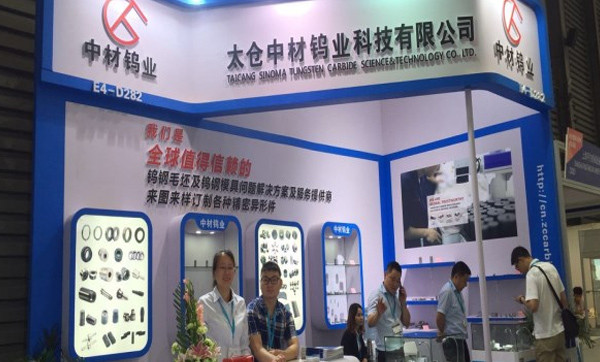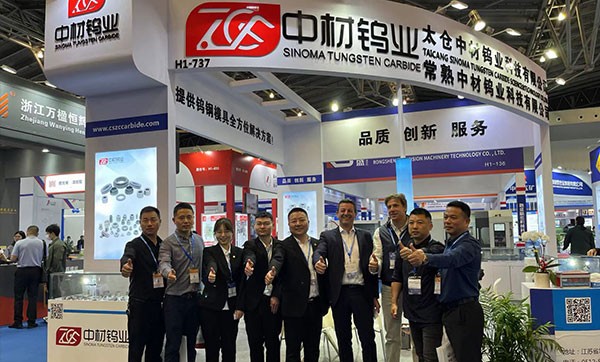In the relentless pursuit of efficiency, durability, and precision, industries are constantly on the lookout for materials that can outperform traditional options. While it may not be a household name, one material is quietly revolutionizing sectors from manufacturing to energy: tungsten carbide. Often called the "supermetal," this remarkable composite is becoming indispensable, and its adoption is accelerating for a simple reason—it solves some of industry's toughest problems.
So, what exactly is tungsten carbide? It’s not a pure metal but a ceramic-like composite made by combining tungsten atoms with carbon atoms. This powder is then sintered (heated under pressure) with a cobalt or nickel binder to create an incredibly hard and dense material. The result is a substance that boasts a unique combination of properties that steel, titanium, or even pure tungsten cannot match.
Here’s why more and more industries are making the switch.
This is tungsten carbide’s flagship property. On the Mohs scale of hardness, it ranks at 9, just below diamond (10). This extreme hardness makes it exceptionally resistant to abrasion, erosion, and deformation.
· Industrial Impact: In manufacturing, tools like drill bits, end mills, and inserts made from tungsten carbide can last up to 100 times longer than their high-speed steel counterparts. This translates to less downtime for tool changes, higher productivity, and superior finish on machined parts. In the mining and construction industries, it’s used for drill tips, saw blades, and tunnel-boring equipment, allowing them to chew through rock and concrete with dramatically reduced wear.
Tungsten carbide has a very high compressive strength, meaning it can withstand immense loads without deforming or cracking. It is also three times stiffer than steel, maintaining its shape and precision even under extreme pressure.
· Industrial Impact: This is critical for applications where precision is non-negotiable. In the aerospace and automotive sectors, tungsten carbide is used in precision gauges, valve seats, and wear parts for fuel injection systems, where micron-level tolerances are essential for performance and safety. Its rigidity ensures that these components perform consistently over their entire lifespan.
The properties of tungsten carbide can be finely tuned by adjusting the grain size and the ratio of carbide to binder. This allows engineers to create grades optimized for specific challenges—whether the priority is extreme toughness for impact resistance or maximum hardness for fine finishing.
· Industrial Impact: This versatility is what drives its cross-industry adoption.
· Energy Sector: Used in drill bits for oil and gas exploration, and as wear parts in pumps handling abrasive slurries.
· Electronics: Its wear resistance makes it ideal for micro-drills used in creating circuit boards and as cores for wire-drawing dies, producing the thin, consistent wires needed for electronics.
·Medical Field: Surgical tools, such as scissors, blades, and dental drills, benefit from its sharpness, corrosion resistance, and ability to be sterilized repeatedly without degrading.
· Everyday Life: It’s even found in luxury watch cases, high-end pen tips, and the rotating balls in ballpoint pens, prized for its scratch-resistant, "eternal" quality.
The initial cost of tungsten carbide components is higher than traditional materials. However, industries are increasingly adopting a Total Cost of Ownership (TCO) perspective. When factoring in the dramatic increase in component lifespan, reduced machine downtime, lower maintenance costs, and improved product quality, tungsten carbide proves to be a highly economical choice.
The trend is clear: as industries push the boundaries of speed, precision, and operational efficiency, the limitations of conventional materials become more apparent. Tungsten carbide fills this performance gap. From building the machines of tomorrow to powering our homes and enabling medical advancements, this supermetal is moving from a specialty material to a mainstream industrial essential.
The race isn't just about having the strongest tools; it's about having the smartest. And for a growing number of engineers and designers, the smart choice is increasingly made of tungsten carbide.
ZCCF Tungsten Carbide has specialized in producing tungsten carbide dies and materials for 15 years. Customers are welcome to come and consult with us and purchase our products.




